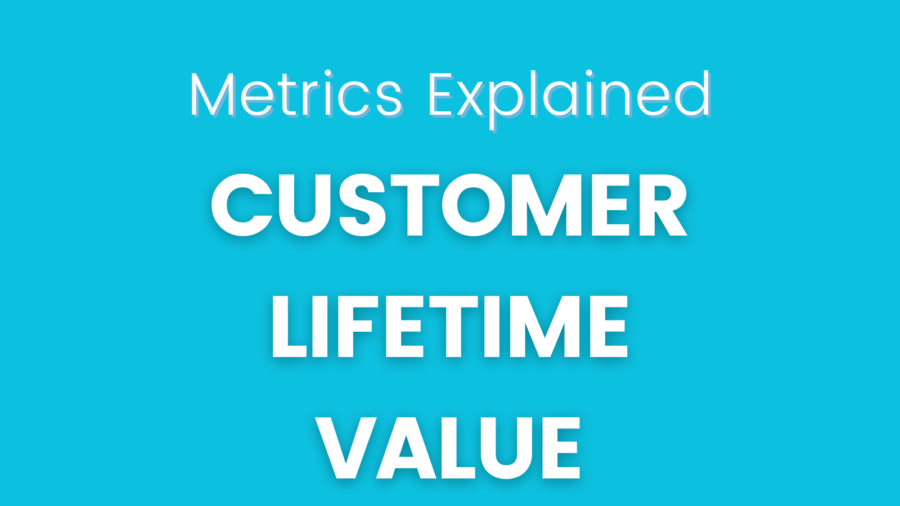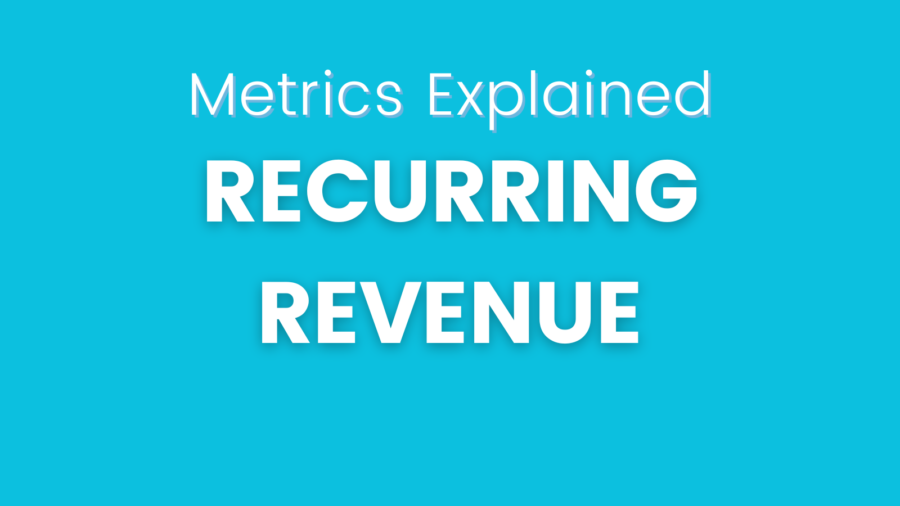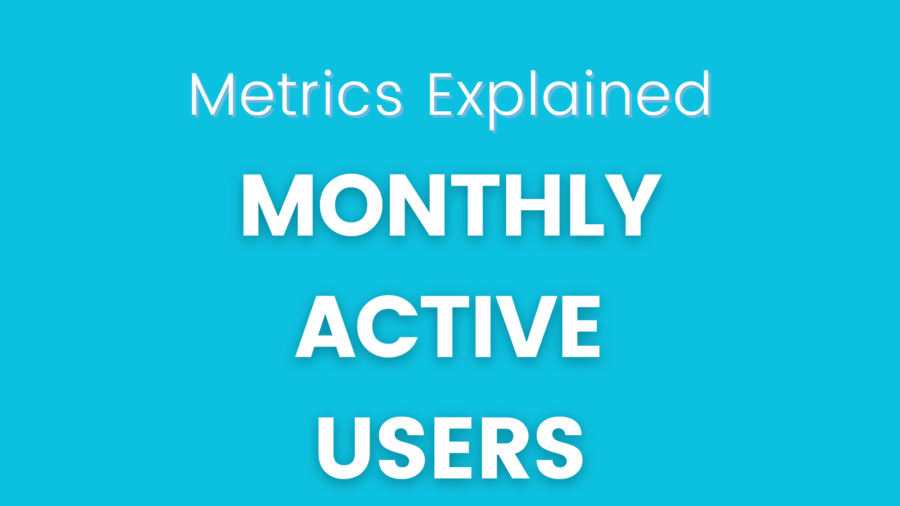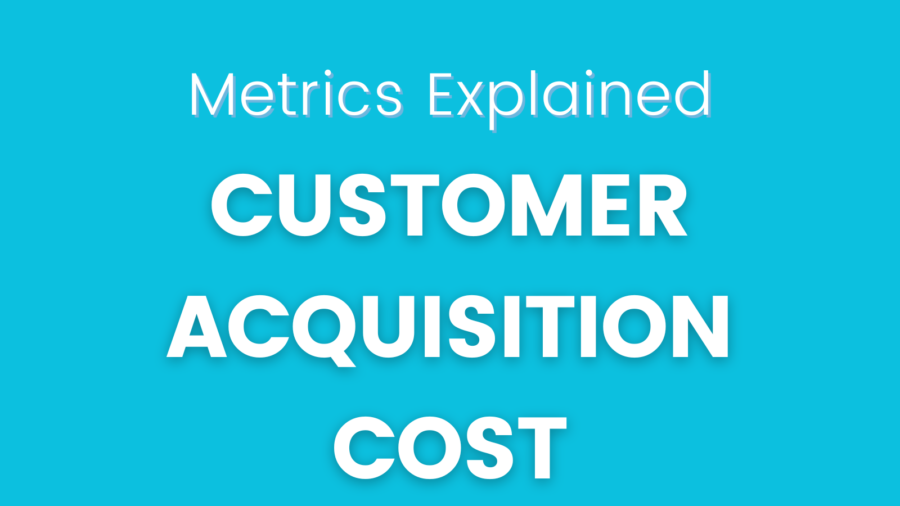Beyond mere customer acquisition, the essence lies in nurturing enduring connections that propel businesses toward sustained growth. Because of it, Customer Lifetime Value (CLV) has emerged as a pivotal asset. In this blog post, we illuminate the significance of Customer Lifetime Value—a guiding star for enterprises navigating the competitive seas.
Picture understanding a customer’s initial purchase and foreseeing their future engagements with your brand. Customer Lifetime Value transcends being a mere metric; it metamorphoses into a strategic catalyst empowering businesses to make discerning decisions, tailor marketing endeavors, and foster loyalties that withstand the trials of time.
As we navigate the nuances of CLV, we will unravel its definition, explore the methodologies underpinning its calculation, and, above all, illuminate how businesses can harness this priceless metric. It’s not just about augmenting the financial bottom line but crafting relationships resilient to market fluctuations. Join us on this expedition as we demystify the art of transforming one-time transactions into enduring partnerships, all through the prism of Customer Lifetime Value.
What is Customer Lifetime Value (CLV)?
Customer Lifetime Value (CLV), often regarded as one of the most critical metrics in business, is a comprehensive and strategic measure that quantifies the total expected revenue a customer is anticipated to generate throughout their entire relationship with a company. Beyond the immediate transactional value, CLV considers a customer’s long-term financial contribution.
Understanding the Components of CLV:
1. Purchase History:
At its core, CLV considers the historical purchasing behavior of a customer. This includes the frequency, recency, and monetary value of transactions. By analyzing these patterns, businesses gain insights into individual customer spending habits.
2. Retention Rate:
CLV factors in customer loyalty and retention. Customers who consistently choose a particular brand over time contribute significantly to their CLV. The longer a customer engages with a business, the more valuable they become.
3. Customer Acquisition Cost (CAC):
To truly gauge the profitability of a customer, CLV is often juxtaposed with Customer Acquisition Cost. If the cost of acquiring a customer is lower than the anticipated revenue from that customer over time, it signifies a positive return on investment.
4. Upselling and Cross-Selling Opportunities:
CLV incorporates the potential for upselling and cross-selling. Understanding a customer’s preferences and needs enables businesses to offer additional products or services, maximizing the customer’s overall value.
Why CLV Matters:
- Strategic Decision-Making:
CLV empowers businesses to make informed strategic decisions. Companies can allocate resources more efficiently and tailor marketing strategies to enhance long-term customer relationships by focusing on retaining high CLV customers. - Customer-Centric Approach:
It underscores the importance of a customer-centric approach. Instead of focusing solely on immediate profits, businesses can adopt practices prioritizing customer satisfaction, fostering loyalty, and increasing CLV. - Financial Forecasting:
CLV serves as a predictive tool for financial forecasting. Knowing the anticipated revenue from a customer allows businesses to plan and allocate resources effectively, ultimately contributing to sustainable growth. - Building Brand Advocacy:
High CLV customers are more likely to become brand advocates. Satisfied, loyal customers contribute directly to revenue and play a crucial role in attracting new customers through positive word-of-mouth.
Calculating Customer Lifetime Value
Calculating CLV can be as simple or complex as your data allows, but here is a basic formula that can serve as a starting point:
CLV = (Average Purchase Value × Average Purchase Frequency) × Average Customer Lifespan
- Average Purchase Value: This represents the average amount of money a customer spends on each transaction with your business.
- Average Purchase Frequency: This is the number of times, on average, a customer purchases within a given time frame.
- Average Customer Lifespan: The average duration a customer remains engaged with your business before churning (i.e., no longer making purchases or engaging with your brand).
By plugging in these values, you can get a rough estimate of the CLV. However, for more accurate insights, consider incorporating factors like customer acquisition costs (CAC) and discount rates, which can provide a more realistic view of your customer’s long-term value.
Why CLV Matters
- Strategic Decision-Making: CLV helps businesses identify their most profitable customer segments and allocate resources accordingly. For instance, if you discover that customers acquired through a specific marketing channel have a significantly higher CLV, you can invest more in that channel.
- Customer Retention: Understanding CLV emphasizes the importance of customer retention. Happy, satisfied customers are likelier to continue doing business with you, increasing their CLV.
- Profitability: By knowing the expected revenue from a customer over their lifetime, you can make informed decisions about how much you can afford to spend on customer acquisition, balancing acquisition costs against long-term value.
- Competitive Advantage: Businesses that actively measure and optimize CLV are better positioned to outperform competitors who may be solely focused on short-term gains.
Conclusion
Customer Lifetime Value is an indispensable metric that can make or break your long-term success. By effectively calculating and leveraging CLV, you can optimize your marketing strategies, allocate resources wisely, and foster sustainable business growth. Remember that CLV is not a static number; it evolves as your business and customer relationships evolve. Regularly revisiting and fine-tuning your CLV calculations will ensure you stay on the path to success in an ever-changing market.
Check other metrics from our Metrics Explained series.





